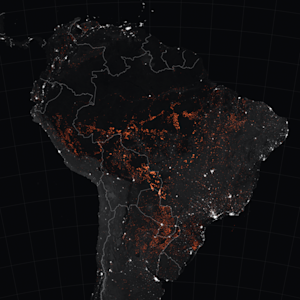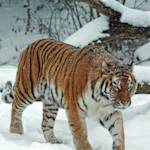Parks & Reserves: Wolong National Nature Reserve
1963 CE • China
Established in 1963, the Wolong National Nature Reserve "has become China's largest and certainly the most important sanctuary for giant pandas and other rare and precious animals and plants during the climatic fluctuations of the ice age, and consequently southwest China has the richest alpine and sub-alpine flora than anywhere in the world. Primitive forest and original ecosystem here are well preserved, and therefore the Reserve is appraised as a rare genebank in the world or a natural park. The subtropical damp climate provides favorable conditions for forest and vegetation to grow. According to relevant statistics, there are more than 4,000 plant species. Fragesia denudata, dove trees, Katsura trees and other precious plants grow densely under the lush coniferous forest or coniferous and broadleaved mixed forest . . . In the Reserve there are over 50 species of animals and 300 species of birds. The number of giant pandas here approximately accounts for one tenth of the total, and therefore Wolong National Nature Reserve is also identified as homeland of giant pandas. Besides giant pandas, red pandas, golden pheasants, white-eared pheasants and Chinese monals as well as the stunning Firethroats, golden monkeys and Musk Deer can also be found here. Most of these animals live in temperate coniferous and broadleaved mixed forest between the altitude of 2,200-3,600 meters. Wolong National Nature Reserve is the most famous one among the 13 giant panda reserve centers established by the Chinese government with the help of the World Wildlife Fund (WWF). Wolong National Nature Reserve is also the first one of its kind to set up a research center for giant pandas."
"Wolong National Nature Reserve," ChinaCulture.org.
Image: Chi King, CC BY 2.0, via Wikimedia Commons


Learn about Maya Lin’s fifth and final memorial: a multi-platform science based artwork that presents an ecological history of our world - past, present, and future.

Discover ecological histories and stories of former abundance, loss, and recovery on the map of memory.

Learn how we can reduce our emissions and protect and restore species and habitats – around the world.

See how art can help us rethink the problems we face, and give us hope that each one of us can make a difference.

Help make a global memorial something personal and close to home. Share your stories of the natural world.


